Why we do what we do – Challenges people face in Zambia
-
 POVERTY One of the poorest countries in world (ranked 163 of 179*). The poverty rate is 83% (% of population below international poverty line of US $1.25 per day). (*For comparison Sweden is ranked 6, USA 15 and UK 21) If Zambia is to achieve the Millennium Goal – to halve poverty by 2015 – measures must be taken at all levels and in all areas of society, including church leaders.
POVERTY One of the poorest countries in world (ranked 163 of 179*). The poverty rate is 83% (% of population below international poverty line of US $1.25 per day). (*For comparison Sweden is ranked 6, USA 15 and UK 21) If Zambia is to achieve the Millennium Goal – to halve poverty by 2015 – measures must be taken at all levels and in all areas of society, including church leaders. -
HIV/AIDS. AIDS has had a devastating impact, having claimed hundred of thousands of lives (for example 96,000 in 2002, 56,000 in 2007). There are 1.1 million people living with HIV/AIDS (including 95.000 children under age 15). That is 15.2 % of the adult population. (2007 est.) This is a slight decline from previous years. Mother-to-child transmission: An estimated 560.000 pregnant women (aged 15-24) tested positive for HIV (2007).
-
ORPHANS: 1,100,000 children are orphans in Zambia including 600,000 children orphaned by AIDS (aged 0–17) (2007 est).
-
LOW LIFE EXPECTANCY Life Expectancy is very low: 38.63 years (2009 est.) The only other country in the UN Human Poverty Index with a lower life expectancy is Zimbabwe. Zambia is ranked number 13 among the highest infant mortality rates of all the countries of the world.
Infant Mortality rate: 101.2 deaths per 1000 live births.
Mortality under age 5: 170 per 1000 live births (2007)
Maternal mortality ratio* is 830 per 100,000 live births (2005). *Deaths from pregnancy-related causes.
The leading causes of death (all ages) are: HIV/AIDS, respiratory infections, malaria, diarrhoeal diseases, perinatal conditions and tuberculosis.
The leading causes of death in children under 5 are: Neonatal causes, HIV/AIDS, Diarrhoeal diseases, Malaria and Pneumonia. -
MALARIA Two to three million people die of malaria worldwide every year, 90 percent of them in Sub-Saharan Africa. The Zambian Ministry of Health estimated that there are more than 3.5 million cases and 50,000 deaths due to malaria every year. In Zambia malaria accounts for 37 per cent of all outpatient attendance at the health facilities. Mpongwe district is currently ranked among the highest in malaria ratings. Malaria is the major cause of illness across all age groups in the district. Malaria is a major cause of death in children and pregnant women.
-
 FOOD INSECURITY With its ample farming land Zambia is a country of opportunity. Nevertheless, food security remains a huge problem, partly due to hard weather conditions (periodic heavy rains and drought). 19 % of children under 5 suffer from moderate to severe underweight and 39% of moderate to severe stunting.
FOOD INSECURITY With its ample farming land Zambia is a country of opportunity. Nevertheless, food security remains a huge problem, partly due to hard weather conditions (periodic heavy rains and drought). 19 % of children under 5 suffer from moderate to severe underweight and 39% of moderate to severe stunting. -
Unemployment in Zambia is extremely high, in some areas up to 90%. As a result, most families, an estimated 70% of households, attempt to survive through subsistence farming.
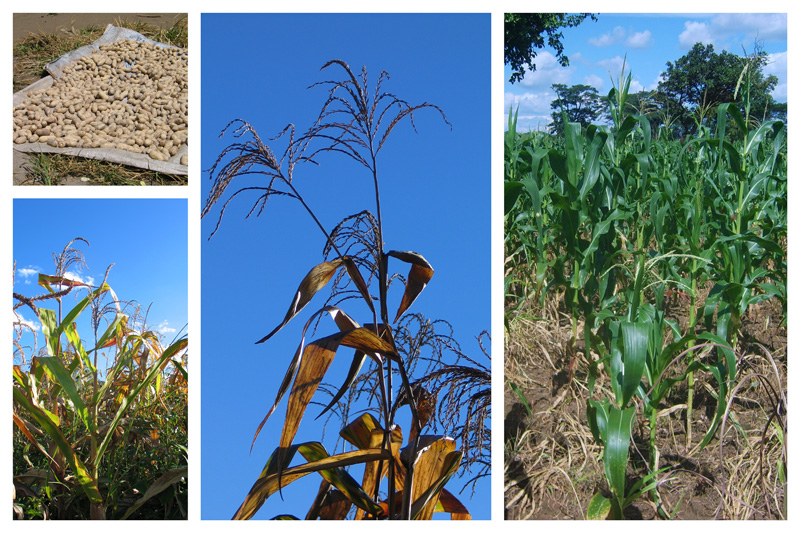
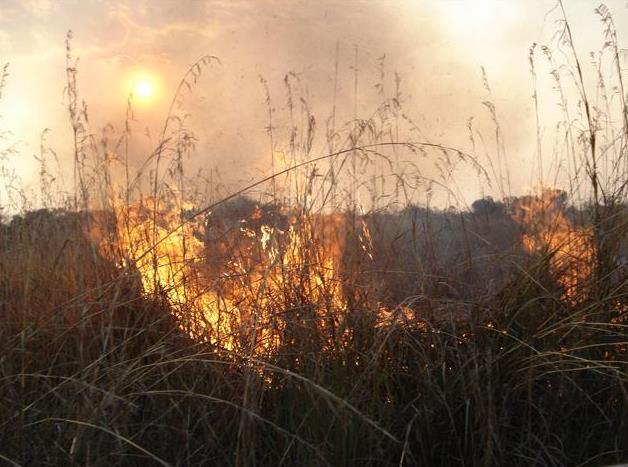 The staple crop of subsistence farmers is nutrient poor maize. Slash and burn cultivation is a common practice, resulting in the removal of nutrients from the soil.
The staple crop of subsistence farmers is nutrient poor maize. Slash and burn cultivation is a common practice, resulting in the removal of nutrients from the soil.
Farming techniques can include inadequate watering, poor soil development, inappropriate fertilizing, and poor pest control. Inadequate agriculture techniques add to the burden of poverty and result in malnutrition.
-
ACCESS TO HEALTH CARE Prior to 2006 most of the population couldn’t afford medical care. Following the Debt Relief initiative in 2005 the government mandated free access to health care as of 2006. Despite that access is limited often by practical limitations. 35% of the population must travel, often by foot, a minimum of 25 km to access a health facility. Only 48 % children under age 5 with diarrhea had access to oral re-hydration and continued feeding, 2000–2007.
-
LACK OF DOCTORS AND HEALTH CARE PROFESSIONALS There is a severe human resource shortage at all levels of the health system in Zambia. Estimated 12 doctors per 100.000 people. (Compare to 2.4 per 1,000 in the US and 2.5 in UK). In another UN estimate there are only 700 doctors in Zambia. Getting doctors to the rural area of Mpongwe is very difficult. There is also a shortage of nurses, dentists and other professionals.
-
 LACK OF CLEAN WATER AND SANITATION presents human health risks. 58% of total population has access to save water, and only 40% of rural population, 55% of total population has adequate sanitation, 52% of rural population. Lack of clean water is at the root of many health problems. Imagine that every glass of water you drink is a cup of sickness and disease. Diarrhea, headaches and dehydration are a common part of every day life. Cholera, typhoid and bilharzia outbreaks are commonplace.
LACK OF CLEAN WATER AND SANITATION presents human health risks. 58% of total population has access to save water, and only 40% of rural population, 55% of total population has adequate sanitation, 52% of rural population. Lack of clean water is at the root of many health problems. Imagine that every glass of water you drink is a cup of sickness and disease. Diarrhea, headaches and dehydration are a common part of every day life. Cholera, typhoid and bilharzia outbreaks are commonplace. -
MAJOR INFECTIOUS DISEASES The degree of risk is very high in Zambia.
Food or waterborne diseases, bacterial and protozoal diarrhea, hepatitis A, typhoid fever
Vectorborne diseases: malaria (high risk) and plague
Water contact disease: Schistosomiasis
Animal contact disease: Rabies (2009)
The hospital has many cases of TB and even some Leprosy. -

ACCESS TO EDUCATION IS INADEQUATE. Literacy is 68% (age 15 and over). Few children (especially girls) are able to go to school Primary school attendance is 57%
-
LIVING CONDITIONS The conditions MBA members live in are very different than what our volunteers come from. Most live without electricity or running water, in huts or houses made of mud bricks. Farming is done by hand, often without tractor or oxen. Transportation is lacking and many don’t even have access to a bike.
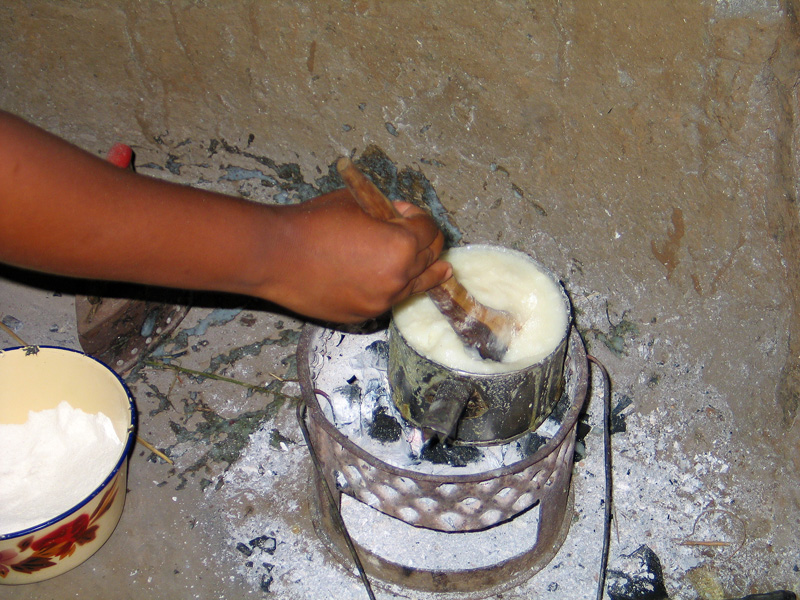
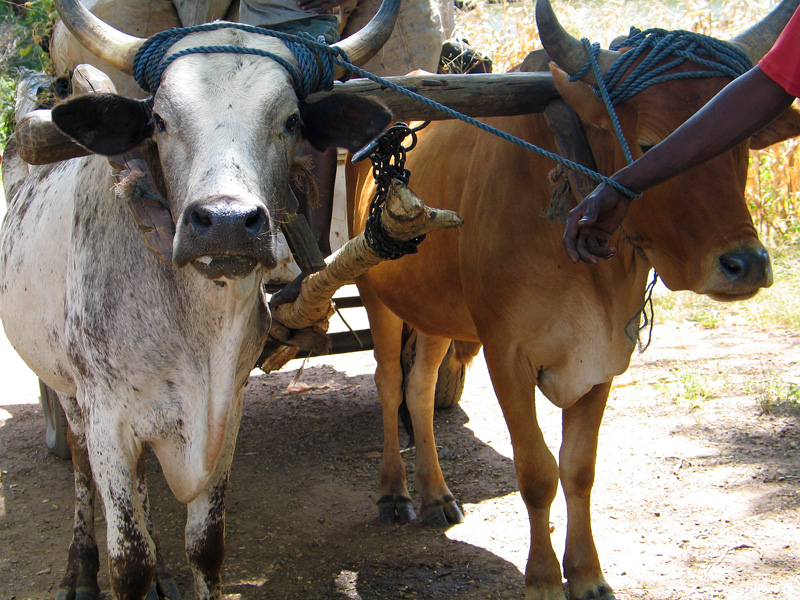
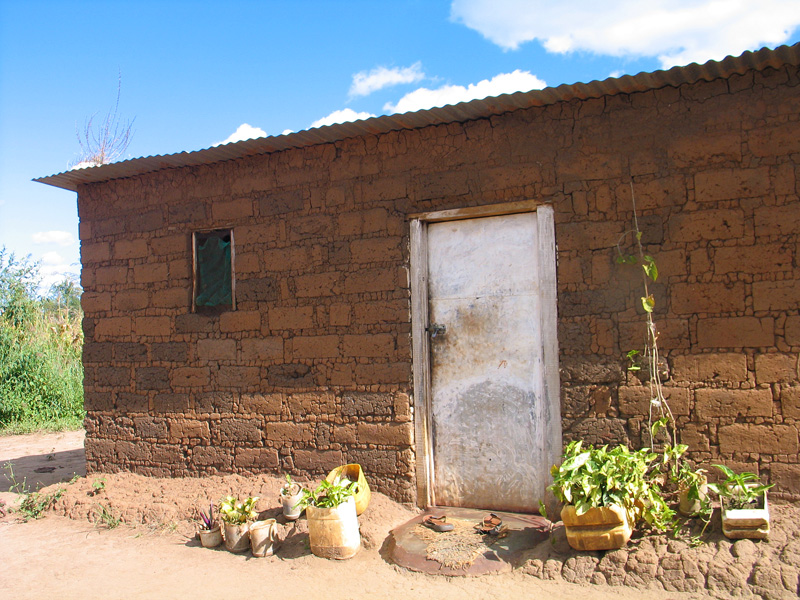
OUR RESPONSE
Learn more about our response to these challenges
Hospital Care Highlights, Combating HIV/AIDS, Malaria, TB, Reducing Child Mortality and Improving Maternal Health,
Church Work The impact churches are having in the lives of Orphans and Widows, Youth Wing
SUPPORT MBA
You can support MBA: A variety of ways to Get Involved, Volunteer, Give, Pray
Facts Compiled from CIA The World Factbook, UN Human Development Report 2008, BBC Fact Page, Unicef and SIDA . Updated April 2009
 POVERTY One of the poorest countries in world (ranked 163 of 179*). The poverty rate is 83% (% of population below international poverty line of US $1.25 per day). (*For comparison Sweden is ranked 6, USA 15 and UK 21) If Zambia is to achieve the Millennium Goal – to halve poverty by 2015 – measures must be taken at all levels and in all areas of society, including church leaders.
POVERTY One of the poorest countries in world (ranked 163 of 179*). The poverty rate is 83% (% of population below international poverty line of US $1.25 per day). (*For comparison Sweden is ranked 6, USA 15 and UK 21) If Zambia is to achieve the Millennium Goal – to halve poverty by 2015 – measures must be taken at all levels and in all areas of society, including church leaders.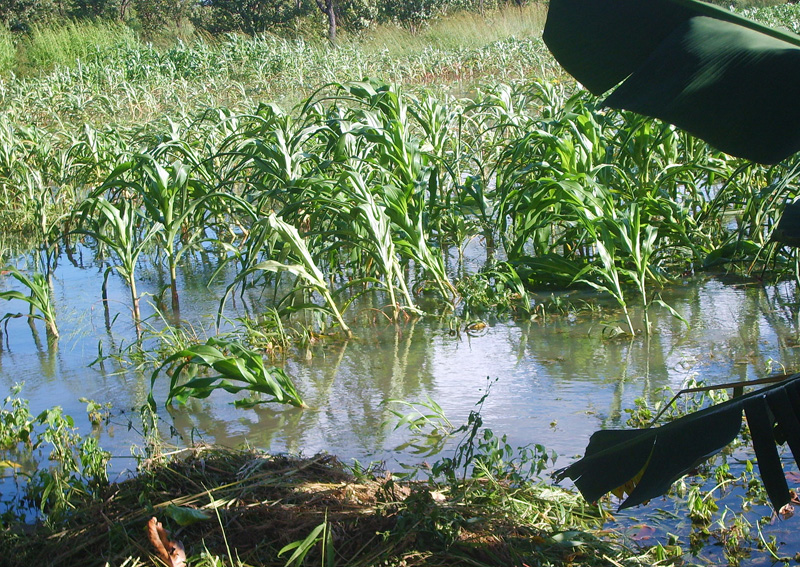 FOOD INSECURITY With its ample farming land Zambia is a country of opportunity. Nevertheless, food security remains a huge problem, partly due to hard weather conditions (periodic heavy rains and drought). 19 % of children under 5 suffer from moderate to severe underweight and 39% of moderate to severe stunting.
FOOD INSECURITY With its ample farming land Zambia is a country of opportunity. Nevertheless, food security remains a huge problem, partly due to hard weather conditions (periodic heavy rains and drought). 19 % of children under 5 suffer from moderate to severe underweight and 39% of moderate to severe stunting. LACK OF CLEAN WATER AND SANITATION presents human health risks. 58% of total population has access to save water, and only 40% of rural population, 55% of total population has adequate sanitation, 52% of rural population. Lack of clean water is at the root of many health problems. Imagine that every glass of water you drink is a cup of sickness and disease. Diarrhea, headaches and dehydration are a common part of every day life. Cholera, typhoid and bilharzia outbreaks are commonplace.
LACK OF CLEAN WATER AND SANITATION presents human health risks. 58% of total population has access to save water, and only 40% of rural population, 55% of total population has adequate sanitation, 52% of rural population. Lack of clean water is at the root of many health problems. Imagine that every glass of water you drink is a cup of sickness and disease. Diarrhea, headaches and dehydration are a common part of every day life. Cholera, typhoid and bilharzia outbreaks are commonplace.